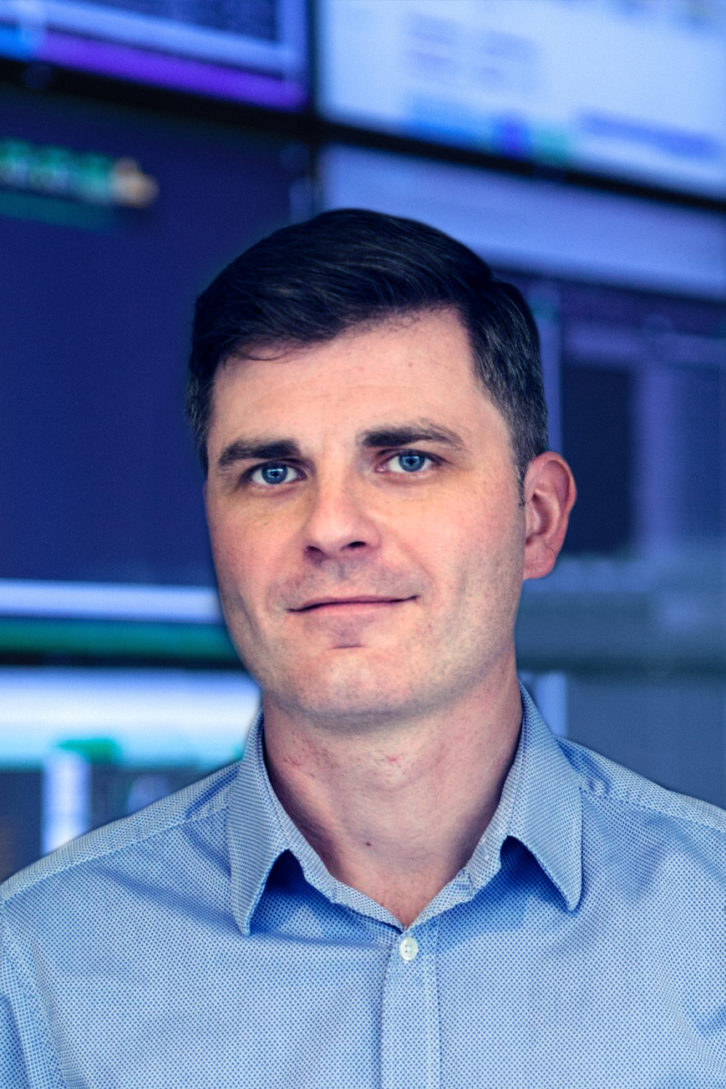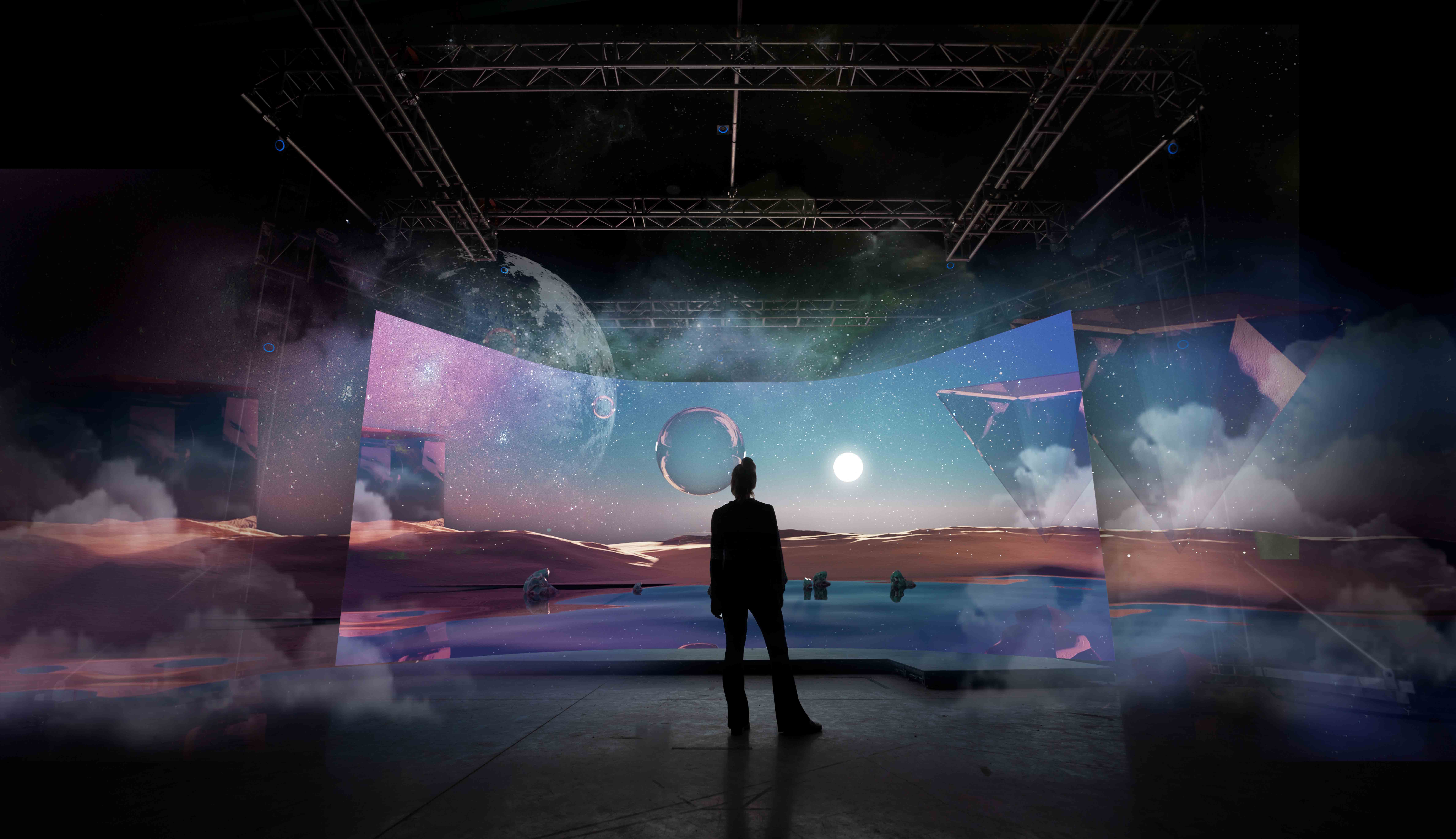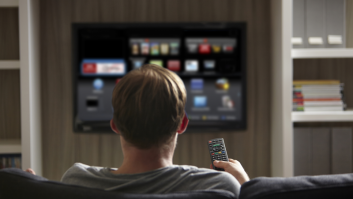I’m writing this piece to praise satellite, not bury it. The use of communication satellites for contribution and distribution of signals for TV is so well established and has been so successful that it’s now hard to recapture the technical ingenuity that developed it to the point where it could be taken so much for granted. It is its very success that has made it boring, making one hesitate before including the simple two-worder “radio frequency” in an article. I’m clearly biased but this seems a great shame, as to many, if not most, the revelations of how the use of that part of the electro-magnetic spectrum can carry sound and vision will seem something akin to magic.
Having now written “radio frequency” and “electro-magnetic spectrum” within the same paragraph, it should not risk anything to note that it took a sci-fi writer Arthur C Clarke (Strauss, apes, killer machines etc) to propose communication satellites in 1945 as a technology that could link the parts of the globe together. It was the future then and it still felt futuristic when the Beatles premiered All You Need Is Love alongside segments such as The Hungry World and The Worlds Beyond in the BBC’s 1967 compendium Our World (the event which represents the first live global satellite TV broadcast).
Despite its clear One World missionary zeal, seen again during Live Aid, one can’t help thinking that it was its very futurism which has dated it most. House-bound dishes have gone from being perky signs of space-beamed viewing for the affluent to being used to represent signs of decay. “Is this really what a new neighbourhood should look like?” reads the caption. You can imagine the picture.
But I partly digress. Satellite carriage is still a mainstay for intra and inter-continental contribution and distribution for TV because, even with the effects of extreme weather on uplink and downlink it is still a remarkably stable technology with appreciable efficiencies for large scale distribution. (And here’s another “but”…) But despite these benefits, there is now a shift towards more earth-bound technologies.
One of those technologies is 5G, the latest cellular tech standard. Its increased bandwidth, lower cost of entry (relative to uplink) and potential crossover with WiFi (nevermind its potential energy saving) have made it a competitor for carrying contribution signals in well-connected areas. Think sporting stadiums, music venues, commercial and government. And that so much brain power is now being poured into network slicing (virtual networking within a cellular network, which is basically a way to prioritise and guarantee certain traffic) is a clear sign that this technology has legs. Another sign would be that 5G interference with satellite C-Band has moved from rumour to concern to actual mitigating steps. That the aviation industry must address these concerns for the sake of safety by constraining or filtering 5G coverage appears to be a given; that the technology end of the media industry will do the same is not, in fact, there are already signs of retreat from areas of interference and greater play with 5G at events.

The other technology is, of course, cloud. That people tend to point up for cloud and confuse it with the public internet has, at times, not helped discussions. Let’s try for now to put that aside. Public clouds have developed beyond simply being remotely hosted storage, compute and networking resource services to being globally dispersed flexible and scalable factories for (for our interests) media. It has been the spread and success of the use of public cloud for Enterprise Services that has led to a situation where many media rights holders and suppliers now have dedicated private connectivity to public clouds and are comfortable with expanding that use. So, back to the part digression: See, it wasn’t really that people stopped wanting satellite dishes on their homes because it spoiled the look (even though it did), it was more that they now had a cable running into their houses that did more and more. That same realisation is spreading in the commercial world.
Satellite has not stopped being an incredible intellectual and technological achievement, it just does not meet the requirements of an industry that must answer viewers’ desire for personalised content; and, to be clear, that means large scale events with precise locationalisation and personalisation, as well as niche material, special interest content that previously could not meet the costs required to find its audience (while looking nice).
The proliferation of 5G together with the ever-growing number of connections to the processing might of the cloud is now looking a lot like the future of live. At M2A Media, it is our mission to get to that future quicker by presenting the industry with a cloud-based, Broadcast Superstructure built on AWS Media Services, offering the necessary quality, security and specificity without the need for over-provisioning, re-work, and multi-location processing. That did sound overly corporate so let’s try again: everything broadcast has to be, without the parts that have made you cry.
I said that I wasn’t here to bury satellite and I’m not. We are future focussed but we carry the best of the past and present with us. M2A Media are committed to that same global vision of distribution that Arthur C Clarke imagined and the Beatles and Live Aid realised, but we’re here to make it easier for everyone.







